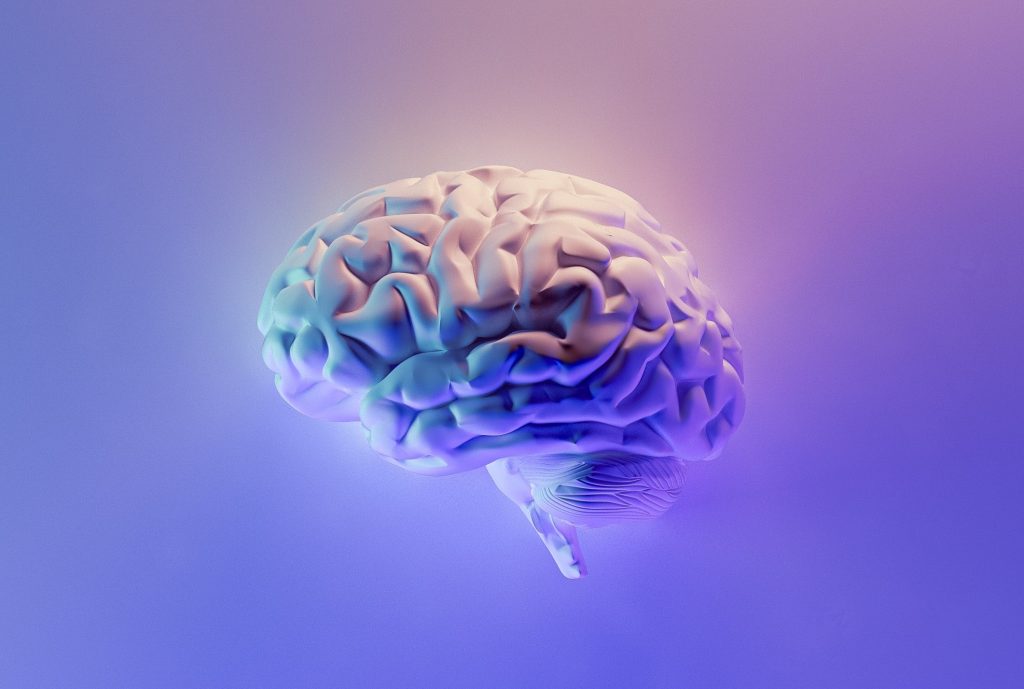
Epilepsy can still feel like a mysterious disorder, even today. However, we now know more about how seizures are triggered in the brain, or what triggers them.
Scientists are working on new treatments and technology to help patients with epilepsy treat, monitor and manage their seizures for a safer and healthier life.
Stereotactic electroencephalography/sEEG and robotic assistance
In sEEG, multiple small electrodes are surgically implanted on the surface of the brain. The signals that these electrodes pick up are used to map how abnormal electrical activity spreads through the brain.
The procedure can be a complicated one. Today, doctors also rely on robots to help them plan where the electrodes go and how deeply they should be placed. This makes the procedure faster, safer and more accurate. The data from these electrodes helps doctors to determine the source of the seizures and decide on a course of treatment, especially with drug-resistant epilepsy.
Novel network analysis
Researchers are also working on a non-invasive alternative to sEEG. Novel network analysis uses recordings of the brain at rest to pinpoint sources of seizures. It works with 10 minutes of recordings, does not need to wait for a patient to have a seizure, and is 92% accurate at predicting whether surgery can make a patient seizure-free.
Antisense oligonucleotides/ASO
In a healthy brain, there is a balance of excitatory and inhibitory neurons. Excitatory neurons stimulate other neurons. Inhibitory neurons suppress other neurons. In Dravet syndrome and other related conditions, there is an imbalance between both types, causing abnormally high brain activity that shows as seizures and other symptoms.
Research has shown that removing something called protein tau in the body rebalances this brain activity. ASOs introduced into the nervous system remove these proteins to reduce epilepsy, SUDEP (Sudden unexpected death in epilepsy) and autism-like behaviours. Current treatment with ASOs would involve repeated spinal taps, but a pill form of treatment is being developed.
Smart eye masks
Huawei has newly patented a smart eye mask that can monitor epilepsy. It detects a user’s heart rate, EEG signals and head movements to detect seizures. This data can be sent to a connected smart device, helping to accurately monitor and manage epilepsy.
Stimulating cerebellar nuclei
More than 1.5 million people worldwide suffer from absence seizures, where patients lose consciousness and become paralysed for brief periods. They are linked to altered brain activity. Since the nuclei in the cerebellum are connected to various regions of the brain, researchers have proposed that stimulating them could treat the seizures. Experiments on rodents have proved this to be the case, although scientists do not know exactly how or why it works.
While it may take a while for newer developments to reach Malaysia, or even other medical facilities worldwide, the potential to find new and better epilepsy treatments is still out there. Improved technology brings patients with epilepsy better ways to manage their seizures and live their life to the fullest.
References
Amy S. (2022) Huawei patents smart eye mask that could monitor Epilepsy [Accessed: 12 May 2022] Available at: https://www.huaweicentral.com/huawei-patents-smart-eye-mask-that-could-monitor-epilepsy/
Corey L. (2022) ROSA to the Occasion: Epilepsy Care Gets Robotic Boost at UC San Diego Health [Accessed: 10 May 2022] Available at: https://ucsdnews.ucsd.edu/pressrelease/rosa-to-the-occasion-epilepsy-care-gets-robotic-boost-at-uc-san-diego-health
Emily H., B.Sc. (2022) Novel network analysis technology can pinpoint seizure originating brain regions in minutes [Accessed: 12 May 2022] Available at: https://www.news-medical.net/news/20220512/Novel-network-analysis-technology-can-pinpoint-seizure-originating-brain-regions-in-minutes.aspx
Francoise C. (2022) Zeroing in on a New Treatment for Autism and Epilepsy [Accessed: 10 May 2022] Available at: https://gladstone.org/news/zeroing-new-treatment-autism-and-epilepsy
Dr. Melanie M. (2022) The role of the cerebellum in absence seizures [Accessed: 12 May 2022] Available at: https://news.rub.de/english/press-releases/2022-05-04-optogenetics-role-cerebellum-absence-seizures
Robin M., Wallace R. (2022) Discovering a Seizure-Free Life with Help from 3-D ‘Heat Map’ Technology [Accessed: 10 May 2022] Available at: https://www.ucsf.edu/news/2022/04/422631/discovering-a-seizure-free-life-3d-heat-map-technology